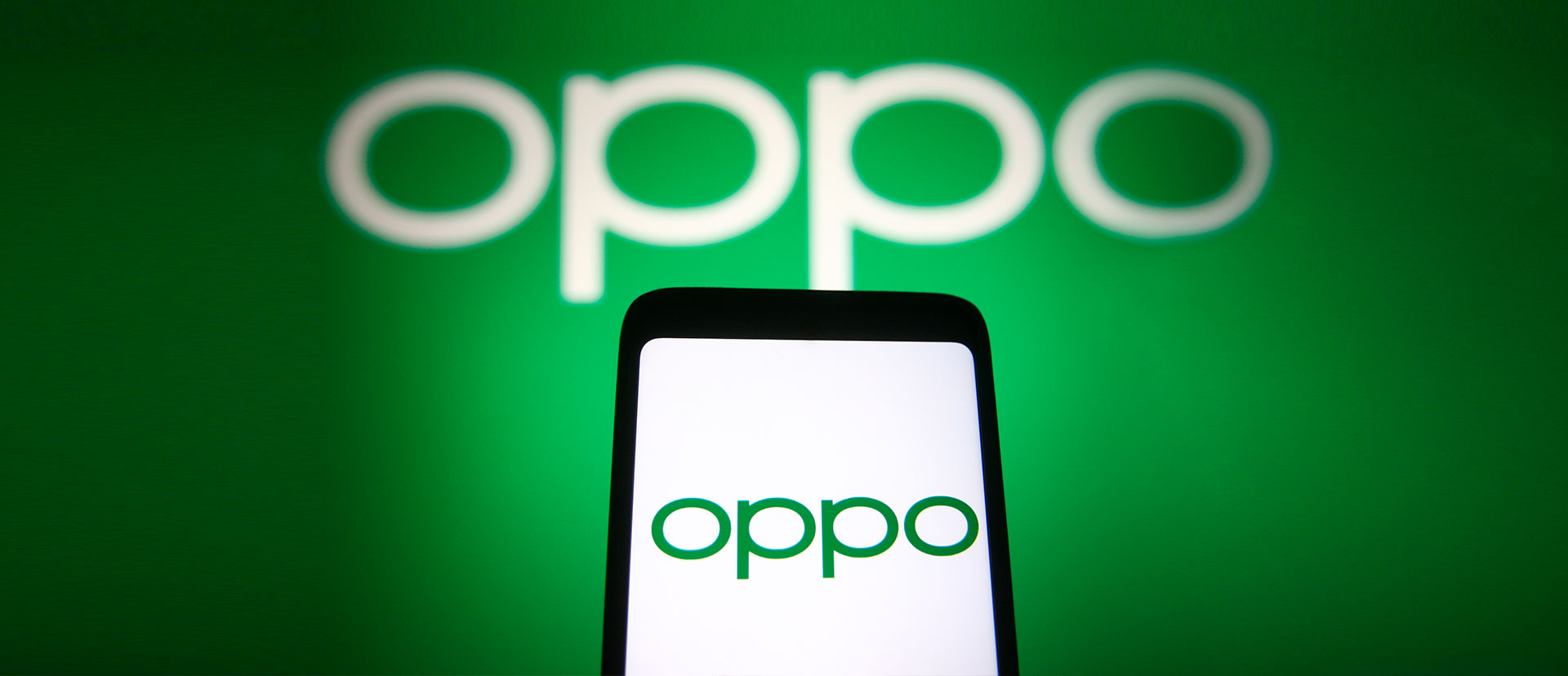In recent ten years, the Chinese courts have heard a series of SEP cases and are becoming more deeply involved in the international SEP disputes through anti-suit injunctions, anti-anti-suit injunctions, global royalty rate rulings, etc. In August 2021, the Supreme People’s Court of China explicitly confirmed the Chinese courts’ authority on adjudicating global FRAND rates for SEPs for the first time in the OPPO v. Sharp case, which attracted great attention in the field of mobile communications. It used the “closer connection” principle to determine whether China has jurisdiction over such cases. However, it is still to be observed how the principles set by the SPC will be further interpreted and applied by lower courts as the guidance from OPPO v. Sharp is not yet crystal clear. The SPC’s ruling in OPPO v. Sharp is only the beginning and the battle for jurisdiction over global SEP royalty rate cases is far from order.
Guanbin XIE, Shan JIAO & Qing YING[1]
On August 19, 2021, the Supreme People’s Court of China (hereinafter referred to as the “SPC”) issued a final ruling which rejected the jurisdictional objections raised by the appellants Sharp Corporation and ScienBizip Japan Corporation (hereinafter referred to as “Sharp”) over the standard essential patents (hereinafter referred to as “SEPs”) license dispute with the appellee OPPO Guangdong Mobile Communications Co., Ltd. and the Shenzhen Branch of OPPO Guangdong Mobile Communica
...THIS ARTICLE IS NOT AVAILABLE FOR IP ADDRESS 216.73.216.36
Please verify email or join us
to access premium content!

